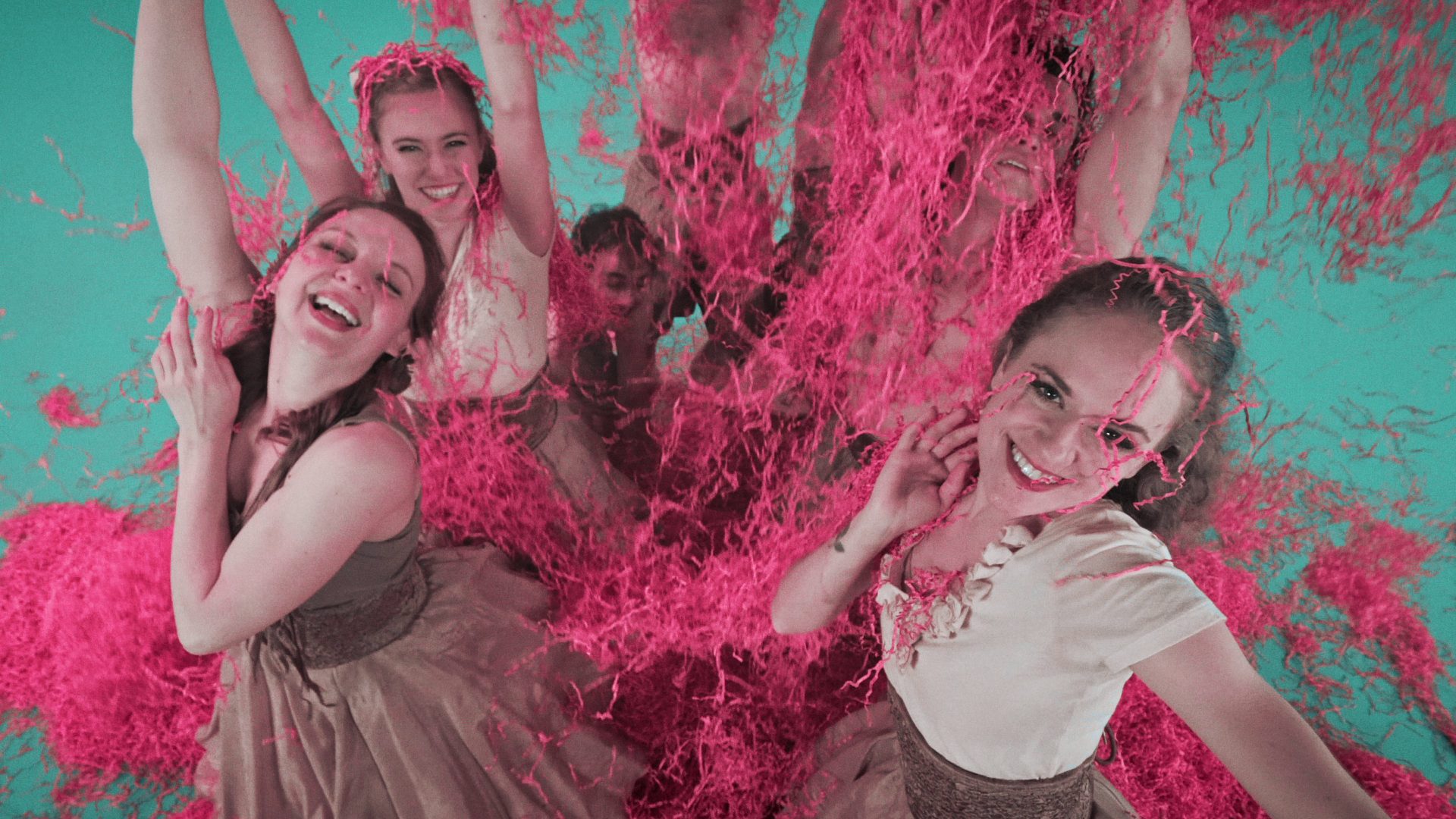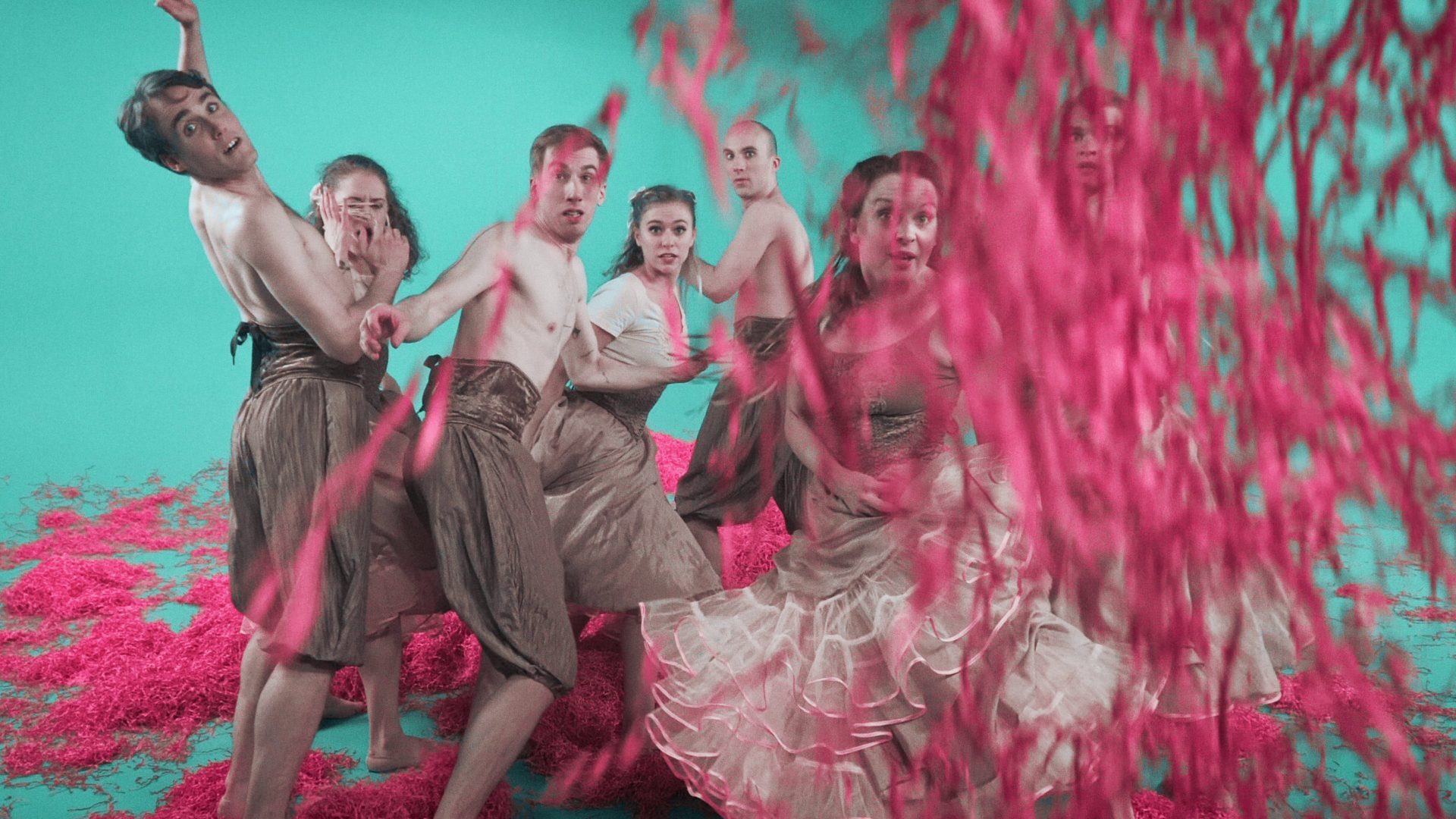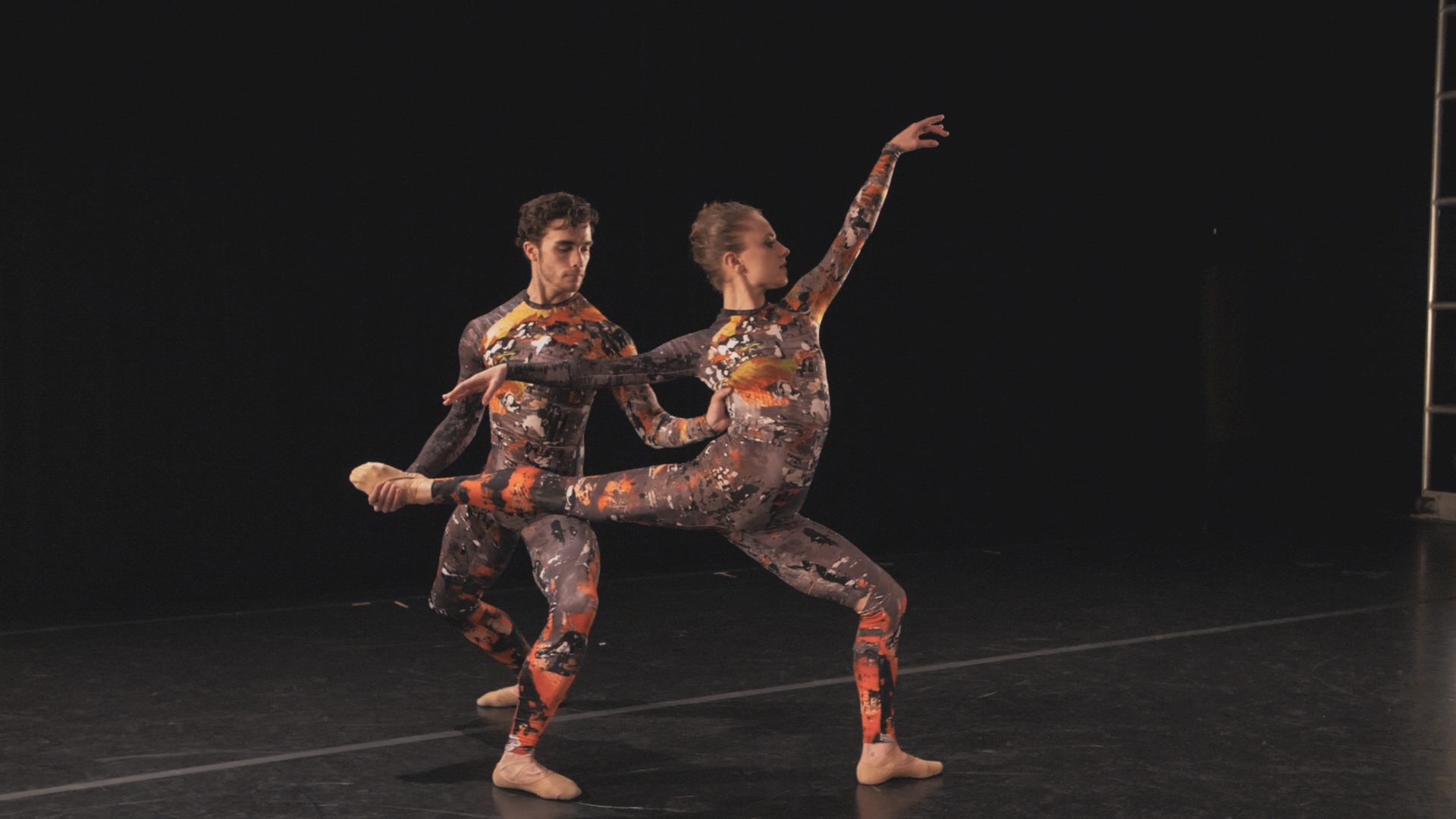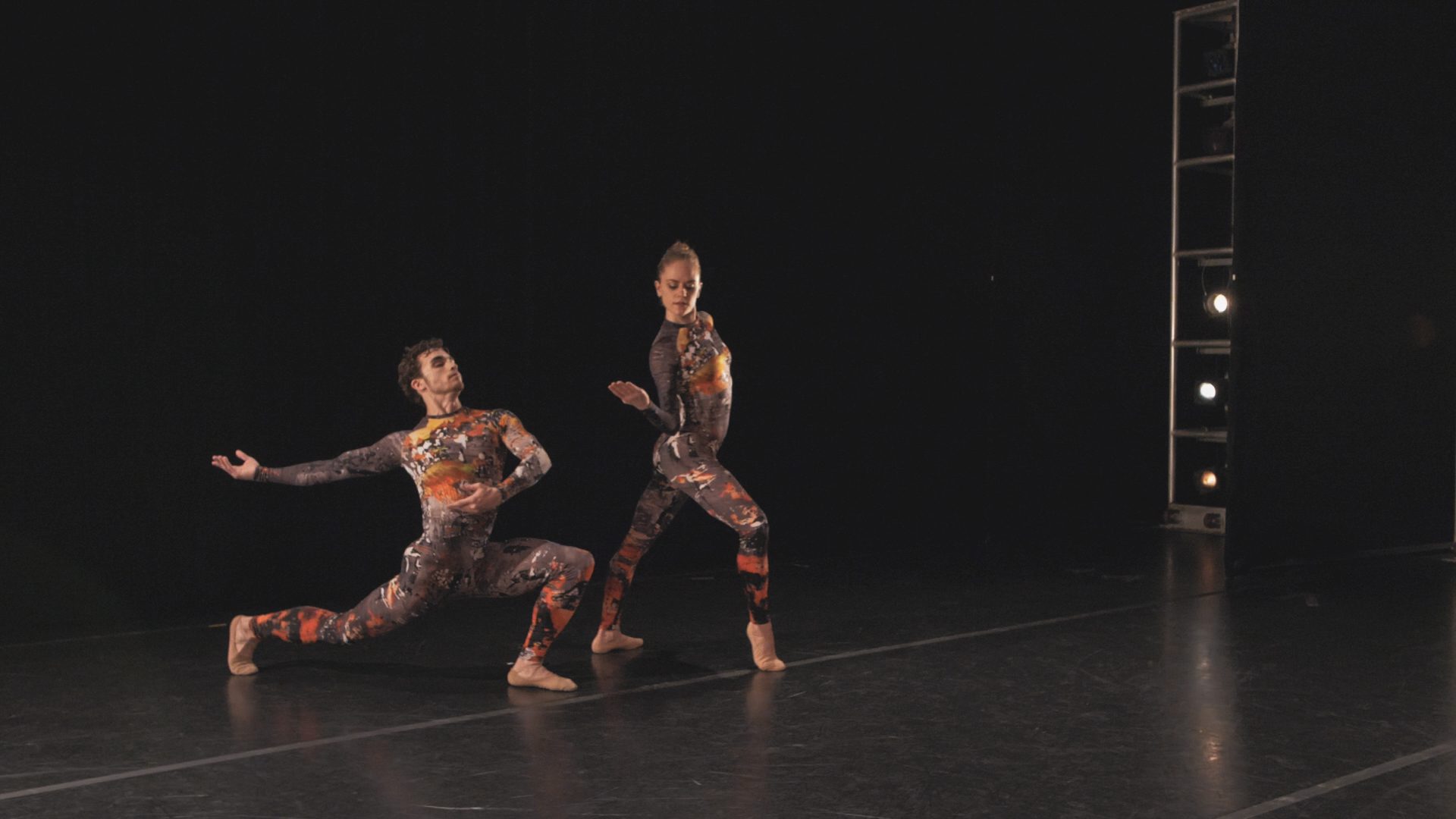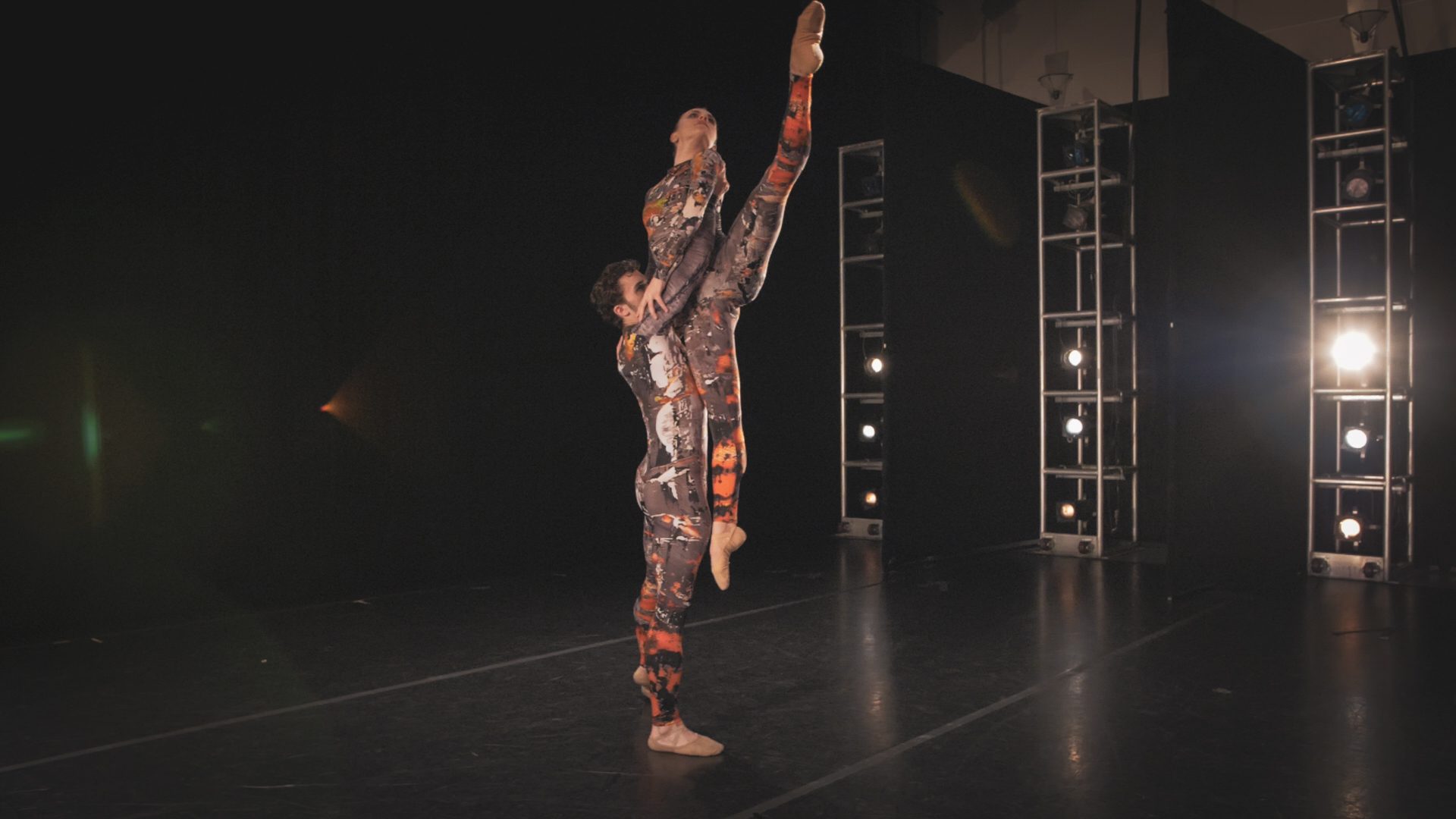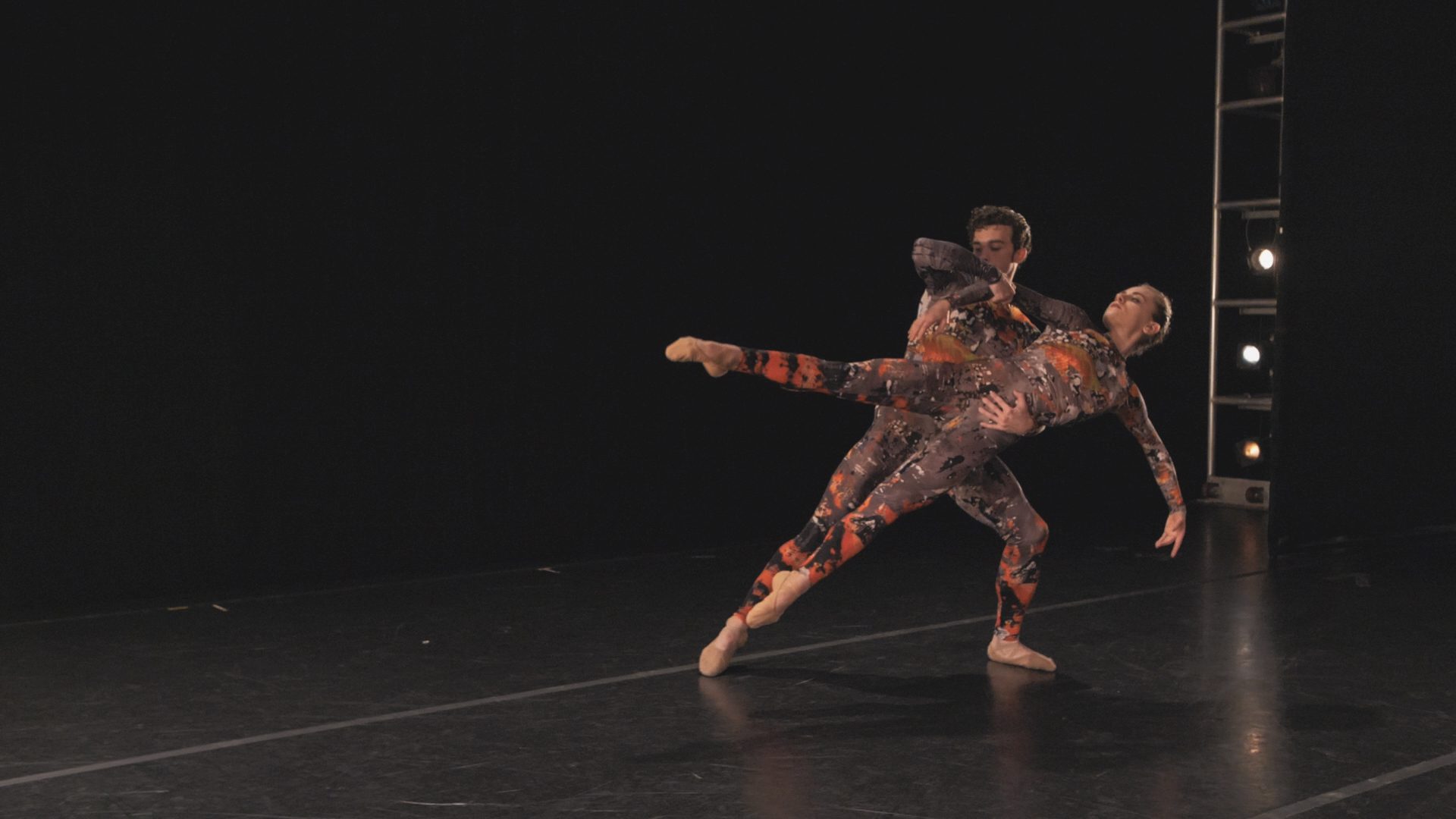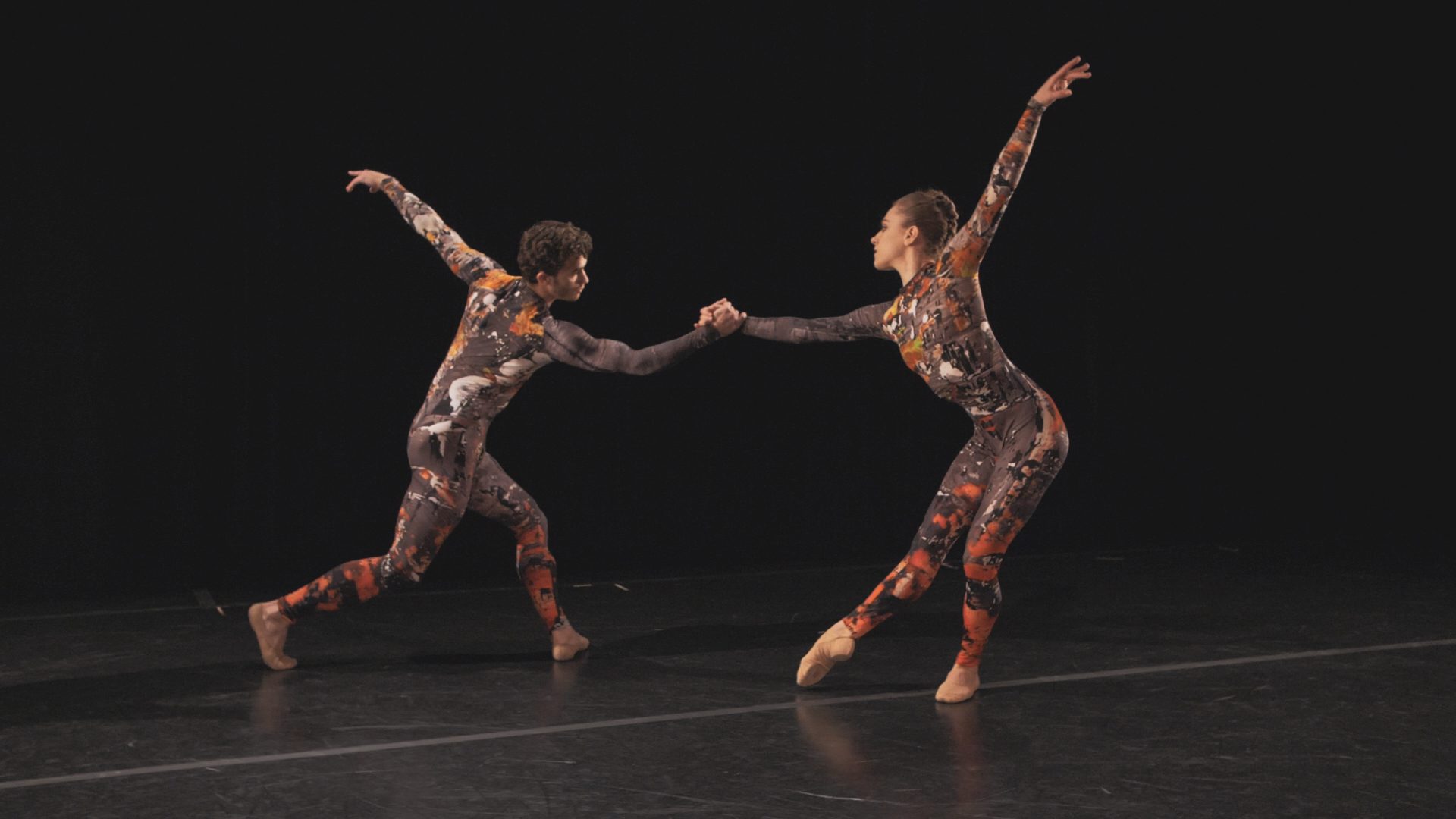
JOY / 3 Happy Dances by Stephen Mills
We could all use a little JOY…
Ballet Austin welcomes back audiences to the Long Center for our joyful return to the stage and the start of an exciting new season of live performances! JOY / 3 Happy Dances by Stephen Mills opens the season with THREE WORLD PREMIERE contemporary works by Artistic Director Stephen Mills with music by beloved classical and modern-day composers. The Pink Confetti Dance is a playful homage to the court dances of yesteryear, set to effervescent music by Johann Sebastian Bach. Counterpoint has dancers bounding through fascinating patterns and canon work while moving to the electric rhythms of Steve Reich. Finally, PRELUDES/BEGINNINGS is an uplifting and forward-looking piece inspired by Frédéric Chopin’s enduring Preludes for Solo Piano. Find your happy place as we celebrate the JOY of dance!
CHOREOGRAPHY: Stephen Mills
MUSIC: Johann Sebastian Bach, Steve Reich, & Frédéric Chopin
LIVE ACCOMPANIMENT: Dr. Michelle Schumann, Austin Chamber Music Center, & Austin Classical Guitar featuring Austin Guitar Quartet with special guest Jeremy Waldrip
3 Performances:
- Friday, Sept. 24, 2021, at 8 p.m.
- Saturday, Sept. 25, 2021, at 8 p.m.
- Sunday, Sept. 26, 2021, at 3 p.m.
Run time 65 minutes with one 20 minute intermission.
VIEW THE OFFICIAL TRAILER
VIDEOS BY PAUL MICHAEL BLOODGOOD & TORI NUNN
FOR OUR NEWEST AUDIENCE MEMBERS: WELCOME!
IMAGES BY JORDAN MOSER & ANNE MARIE BLOODGOOD
MEET THE ARTISTS
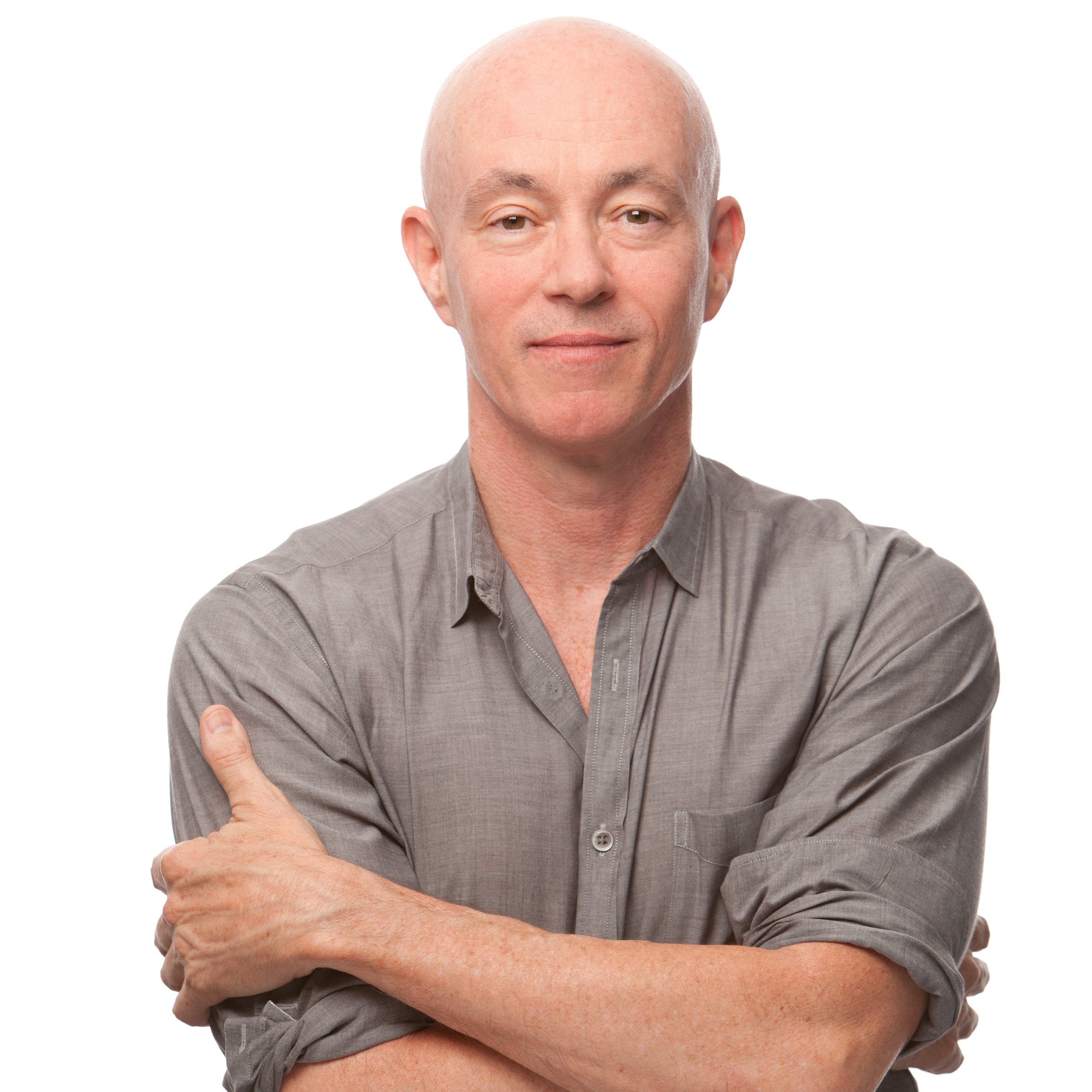
STEPHEN MILLS
Choreography
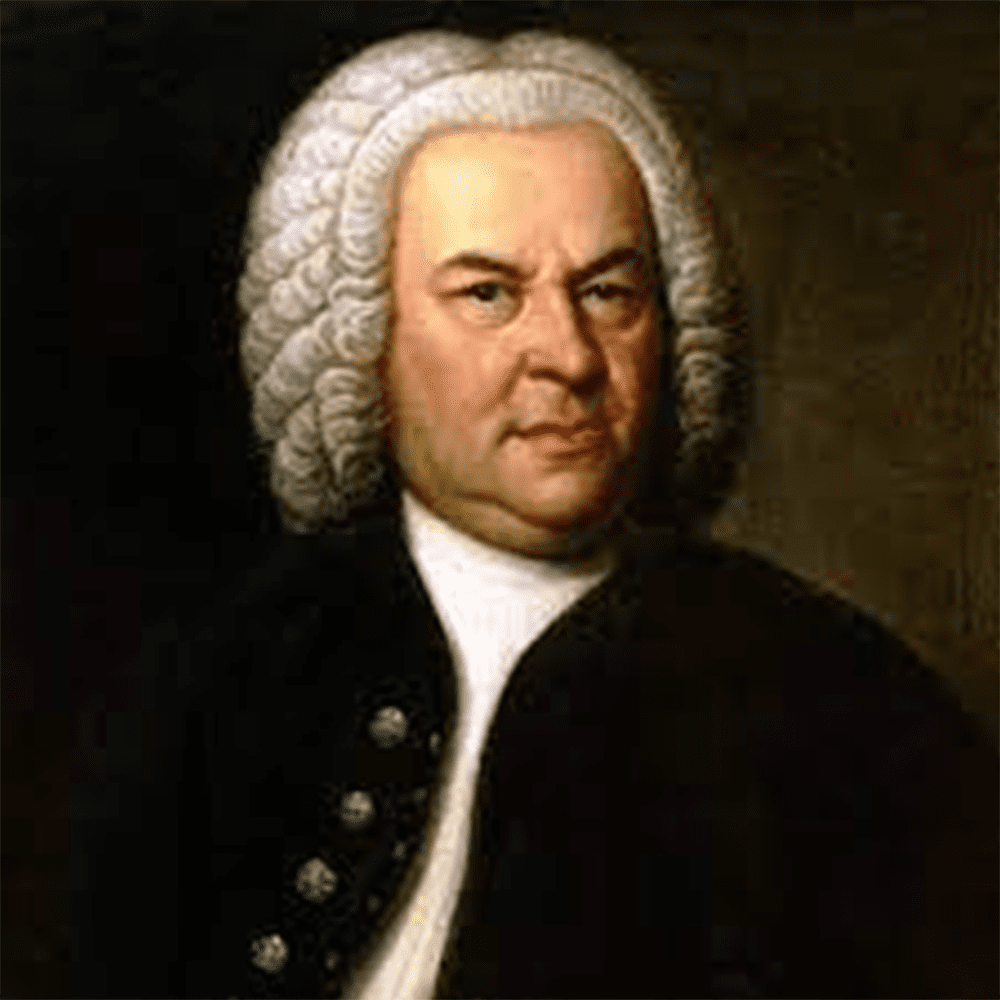
JOHANN SEBASTIAN BACH
Music
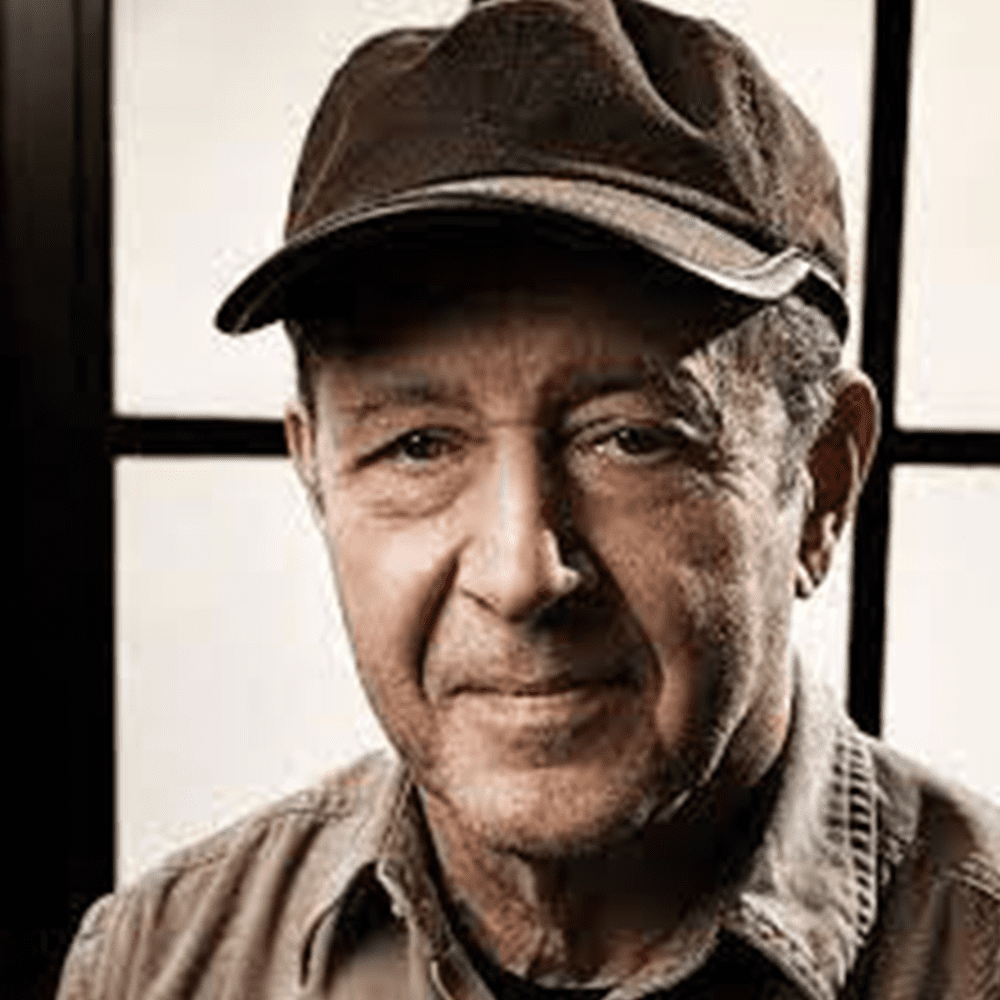
STEVE REICH
Music
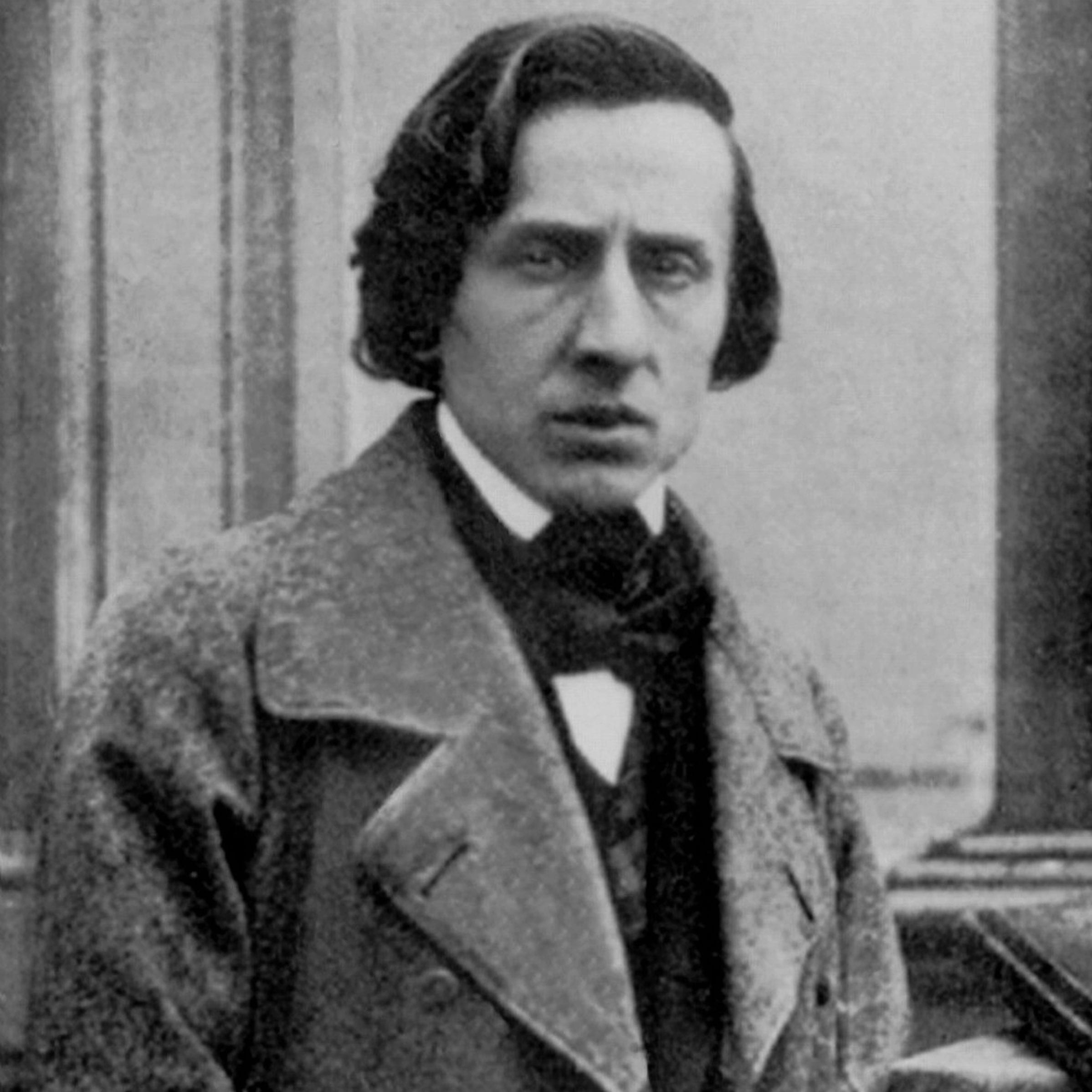
FRÉDÉRIC CHOPIN
Music
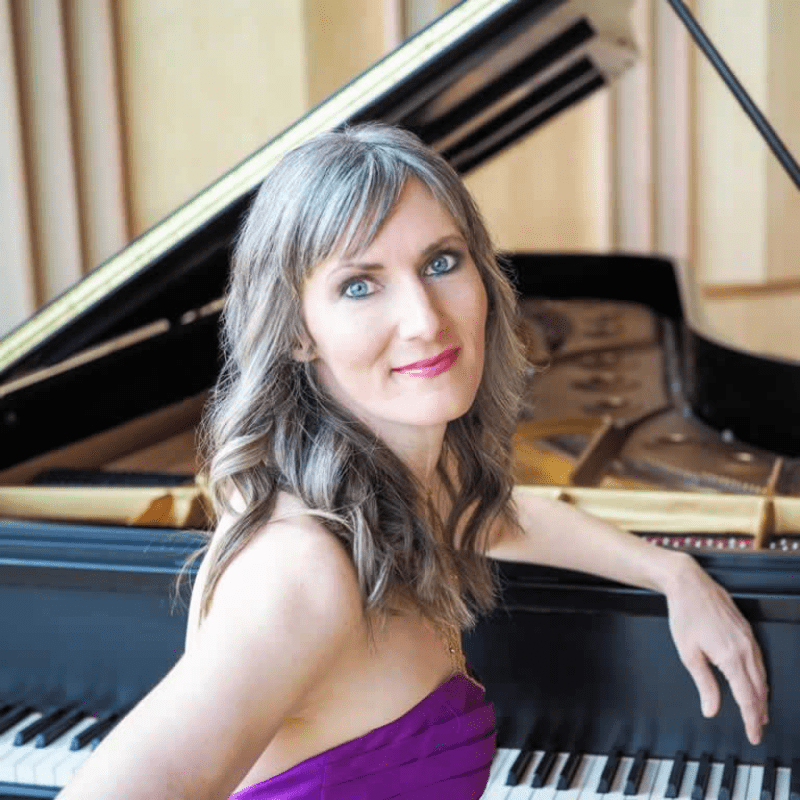
DR. MICHELLE SHUMANN
Live Accompaniment

AUSTIN CHAMBER MUSIC CENTER
Live Accompaniment

AUSTIN CLASSICAL GUITAR
Live Accompaniment

AUSTIN GUITAR QUARTET
Live Accompaniment
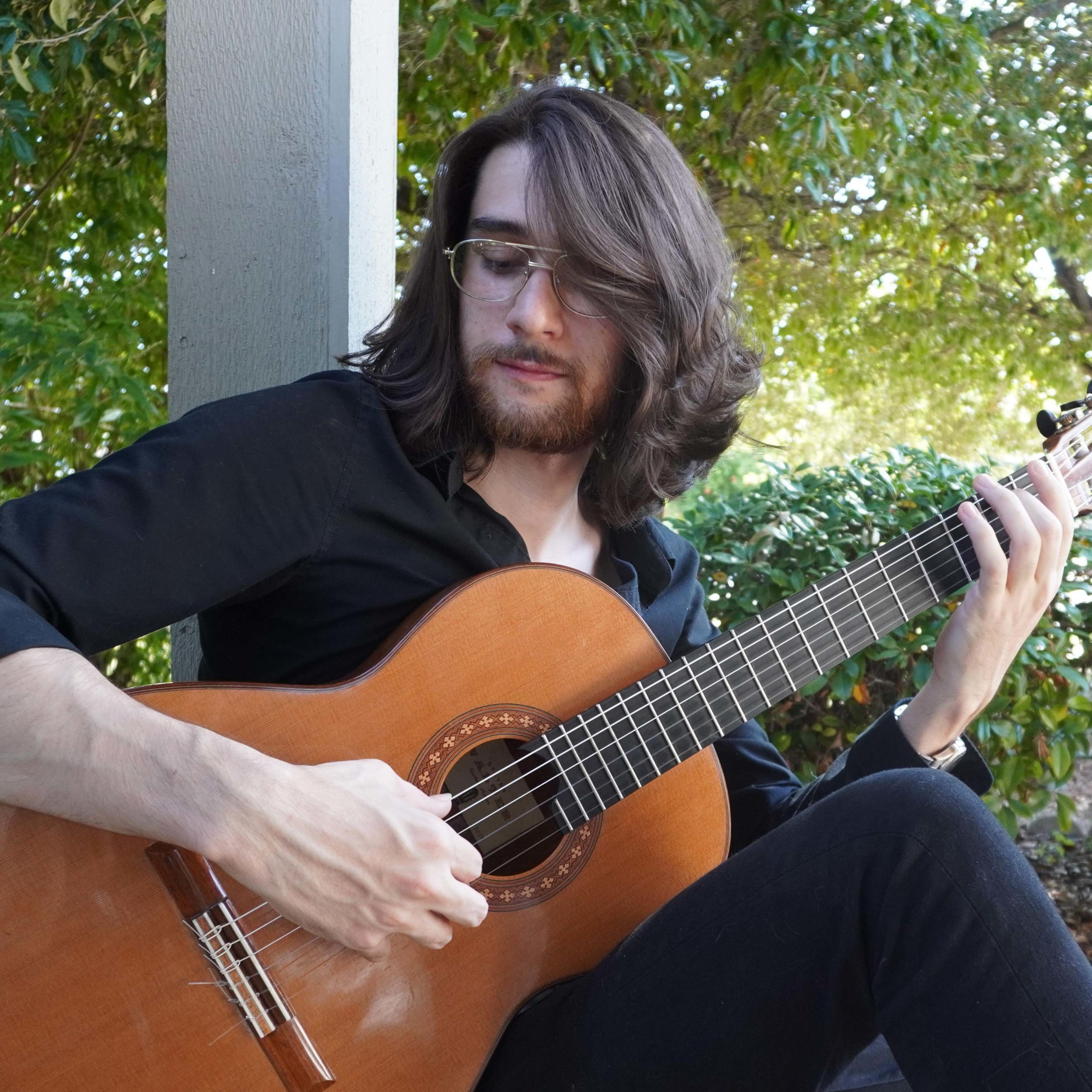
JEREMY WALDRIP
Live Accompaniment
MORE INFORMATION
In The Pink Confetti Dance, eight dancers perform to music by J.S. Bach performed live by the Austin Chamber Music Center. This high-energy piece was at first a collaborative effort in which dancers were invited to create a unique gestural pattern, which initiated Stephen Mills’ choreographic process. The dance includes fun and quirky movements in which the dancers are encouraged to revel in the joy of dancing on a stage of pink confetti.
Originally created as a dance film premiering in April 2021, PRELUDES/BEGINNINGS features five dancers. The piece is set to Frédéric Chopin’s 24 Preludes for Piano, performed live onstage by Dr. Michelle Schumann of Austin Chamber Music Center. Through solos, duets, and quartets, the choreography matches the mood of the different pieces of music.
Counterpoint is set to Steve Reich’s Electric Counterpoint, performed Austin Guitar Quartet with special guest Jeremy Waldrip. Featuring eight dancers, Counterpoint is a contemporary piece showcasing a grounded and organic style in which the dancers’ movements mimic the increasingly complex layers of guitar. The goal behind the dancers’ unitards, constructed by Wardrobe Master Alexey Korygin, is to highlight both the architecture of the dancers’ bodies and Stephen Mills’ choreography.
Known for his innovative and collaborative choreographic projects, Stephen Mills has works in the repertoires of dance companies across the United States and around the world.
His international career began in 1998 after being chosen Prix d’Auteur at les Rencontres Chorégraphiques Internationales de Seine-Saint-Denis in Paris. In his inaugural season as Artistic Director of Ballet Austin in 2000, Mills attracted national attention with Hamlet, hailed by Dance Magazine as “…sleek and sophisticated.”
Mills’ works showcased at The Kennedy Center include A Midsummer Night’s Dream, The Taming of the Shrew, and performances at the Ballet Across America Festival in collaboration with The Suzanne Farrell Ballet.
In 2005 Mills developed a community-wide human rights collaborative dialogue culminating in his signature work Light/The Holocaust & Humanity Project for which he received the Audrey and Raymond Maislin Humanitarian Award from The Anti-Defamation League. Mills contributed a podcast about Light to the Voices on Anti-Semitism series at The United States Holocaust Memorial Museum and was invited to speak about the work at The United Nations in 2014. Light has been performed in five U.S. cities, in three cities in Israel, and was recently featured in an Emmy Award-winning PBS documentary, Sharing Light.
Johann Sebastian Bach
(1685–1750)
A magnificent baroque-era composer, Johann Sebastian Bach is revered through the ages for his work’s musical complexities and stylistic innovations.
Who Was Johann Sebastian Bach?
Johann Sebastian Bach had a prestigious musical lineage and took on various organist positions during the early 18th century, creating famous compositions like “Toccata and Fugue in D minor.” Some of his best-known compositions are the “Mass in B Minor,” the “Brandenburg Concertos” and “The Well-Tempered Clavier.” Bach died in Leipzig, Germany, on July 28, 1750. Today, he is considered one of the greatest Western composers of all time.
Childhood
Born in Eisenach, Thuringia, Germany, on March 31, 1685 (N.S.) / March 21, 1685 (O.S.), Johann Sebastian Bach came from a family of musicians, stretching back several generations. His father, Johann Ambrosius, worked as the town musician in Eisenach, and it is believed that he taught young Johann to play the violin.
At the age of seven, Bach went to school where he received religious instruction and studied Latin and other subjects. His Lutheran faith would influence his later musical works. By the time he turned 10, Bach found himself an orphan after the death of both of his parents. His older brother Johann Christoph, a church organist in Ohrdruf, took him in. Johann Christoph provided some further musical instruction for his younger brother and enrolled him in a local school. Bach stayed with his brother’s family until he was 15.
Bach had a beautiful soprano singing voice, which helped him land a place at a school in Lüneburg. Sometime after his arrival, his voice changed and Bach switched to playing the violin and the harpsichord. Bach was greatly influenced by a local organist named George Böhm. In 1703, he landed his first job as a musician at the court of Duke Johann Ernst in Weimar. There he was a jack-of-all-trades, serving as a violinist and at times, filling in for the official organist.Early Career
Bach had a growing reputation as a great performer, and it was his great technical skill that landed him the position of organist at the New Church in Arnstadt. He was responsible for providing music for religious services and special events as well as giving music instruction. An independent and sometimes arrogant young man, Bach did not get along well with his students and was scolded by church officials for not rehearsing them frequently enough.
Bach did not help his situation when he disappeared for several months in 1705. While he only officially received a few weeks’ leave from the church, he traveled to Lübeck to hear famed organist Dietrich Buxtehude and extended his stay without informing anyone back in Arnstadt.
In 1707, Bach was glad to leave Arnstadt for an organist position at the Church of St. Blaise in Mühlhausen. This move, however, did not turn out as well as he had planned. Bach’s musical style clashed with the church’s pastor. Bach created complex arrangements and had a fondness for weaving together different melodic lines. His pastor believed that church music needed to be simple. One of Bach’s most famous works from this time is the cantata “Gottes Zeit ist die allerbeste Zeit,” also known as “Actus Tragicus.”
Later Works in Leipzig
After auditioning for a new position in Leipzig, Bach signed a contract to become the new organist and teacher at St. Thomas Church. He was required to teach at the Thomas School as a part of his position as well. With new music needed for services each week, Bach threw himself into writing cantatas. The “Christmas Oratorio,” for example, is a series of six cantatas that reflect on the holiday.
Bach also created musical interpretations of the Bible using choruses, arias and recitatives. These works are referred to as his “Passions,” the most famous of which is “Passion According to St. Matthew.” This musical composition, written in 1727 or 1729, tells the story of chapters 26 and 27 of the Gospel of Matthew. The piece was performed as part of a Good Friday service.
One of his later religious masterworks is “Mass in B minor.” He had developed sections of it, known as Kyrie and Gloria, in 1733, which were presented to the Elector of Saxony. Bach did not finish the composition, a musical version of a traditional Latin mass, until 1749. The complete work was not performed during his lifetime.
Final Years
By 1740, Bach was struggling with his eyesight, but he continued to work despite his vision problems. He was even well enough to travel and perform, visiting Frederick the Great, the king of Prussia in 1747. He played for the king, making up a new composition on the spot. Back in Leipzig, Bach refined the piece and gave Frederick a set of fugues called “Musical Offering.”
In 1749, Bach started a new composition called “The Art of Fugue,” but he did not complete it. He tried to fix his failing sight by having surgery the following year, but the operation ended up leaving him completely blind. Later that year, Bach suffered a stroke. He died in Leipzig on July 28, 1750.During his lifetime, Bach was better known as an organist than a composer. Few of his works were even published during his lifetime. Still Bach’s musical compositions were admired by those who followed in his footsteps, including Amadeus Mozart and Ludwig van Beethoven. His reputation received a substantial boost in 1829 when German composer Felix Mendelssohn reintroduced Bach’s “Passion According to St. Matthew.”
Musically, Bach was a master at invoking and maintaining different emotions. He was an expert storyteller as well, often using melody to suggest actions or events. In his works, Bach drew from different music styles from across Europe, including French and Italian. He used counterpoint, the playing of multiple melodies simultaneously, and fugue, the repetition of a melody with slight variations, to create richly detailed compositions. He is considered to be the best composer of the Baroque era, and one of the most important figures in classical music in general.
Biographical excerpts courtesy of biography.com.
Steve Reich was recently called “our greatest living composer” (The New York Times), “America’s greatest living composer.” (The Village VOICE), “…the most original musical thinker of our time” (The New
Yorker) and “…among the great composers of the century” (The New York Times).. From his early taped speech pieces It’s Gonna Rain (1965) and Come Out (1966) to his and video artist Beryl Korot’s digital video opera Three Tales (2002), Mr. Reich’s path has embraced not only aspects of Western Classical music, but the structures, harmonies, and rhythms of non-Western and American vernacular music, particularly jazz. “There’s just a handful of living composers who can legitimately claim to have altered the direction of musical history and Steve Reich is one of them,” states The Guardian (London).
In April 2009 Steve Reich was awarded the Pulitzer prize in Music for his composition ‘Double Sextet’.
Performing organizations around the world marked Steve Reich’s 70th- birthday year, 2006, with festivals and special concerts. In the composer’s hometown of New York, the Brooklyn Academy of Music (BAM), Carnegie Hall, and Lincoln Center joined forces to present complementary programs of his music, and in London, the Barbican mounted a major retrospective. Concerts were also presented in Amsterdam, Athens, Brussels, Baden-Baden, Barcelona, Birmingham, Budapest, Chicago, Cologne, Copenhagen, Denver, Dublin, Freiburg, Graz, Helsinki, Los Angeles, Paris, Porto, Vancouver, Vienna and Vilnius among others. In addition, Nonesuch Records released its second box set of Steve Reich’s works, Phases: A Nonesuch Retrospective, in September 2006. The five-CD collection comprises fourteen of the composer’s best-known pieces, spanning the 20 years of his time on the label.
In October 2006 in Tokyo, Mr. Reich was awarded the Preamium Imperial award in Music. This important international award is in areas in the arts not covered by the Nobel Prize. Former winners of the prize in various fields include Pierre Boulez, Lucian Berio, Gyorgy Ligeti, Willem de Kooning, Jasper Johns, Richard Serra and Stephen Sondheim.
In May 2007 Mr. Reich was awarded The Polar Prize from the Royal Swedish Academy of music. The prize was presented by His Majesty King Carl XVI Gustaf of Sweden. The Swedish Academy said: “…Steve Reich has transferred questions of faith, society and philosophy into a hypnotic sounding music that has inspired musicians and composers of all genres.” Former winners of the Polar Prize have included Pierre Boulez, Bob Dylan, Gyorgi Ligeti and Sir Paul McCartney.
In December 2006 Mr. Reich was awarded membership in the Franz Liszt Academy in Budapest and in April 2007 he was awarded the Chubb Fellowship at Yale University. In May 2008 he was elected to the Royal Swedish Academy of Music.
Born in New York and raised there and in California, Mr. Reich graduated with honors in philosophy from Cornell University in 1957. For the next two years, he studied composition with Hall Overton, and from 1958 to 1961 he studied at the Juilliard School of Music with William Bergsma and Vincent Persichetti. Mr. Reich received his M.A. in Music from Mills College in 1963, where he worked with Luciano Berio and Darius Milhaud.
During the summer of 1970, with the help of a grant from the Institute for International Education, Mr. Reich studied drumming at the Institute for African Studies at the University of Ghana in Accra. In 1973 and 1974 he studied Balinese Gamelan Semar Pegulingan and Gamelan Gambang at the American Society for Eastern Arts in Seattle and Berkeley, California. From 1976 to 1977 he studied the traditional forms of cantillation (chanting) of the Hebrew scriptures in New York and Jerusalem.
In 1966 Steve Reich founded his own ensemble of three musicians, which rapidly grew to 18 members or more. Since 1971, Steve Reich and Musicians have frequently toured the world, and have the distinction of performing to sold-out houses at venues as diverse as Carnegie Hall and the Bottom Line Cabaret.
Mr. Reich’s 1988 piece, Different Trains, marked a new compositional method, rooted in It’s Gonna Rain and Come Out, in which speech recordings generate the musical material for musical instruments. The New York Times hailed Different Trains as “a work of such astonishing originality that breakthrough seems the only possible description….possesses an absolutely harrowing emotional impact.” In 1990, Mr. Reich received a Grammy Award for Best Contemporary Composition for Different Trains as recorded by the Kronos Quartet on the Nonesuch label.
In June 1997, in celebration of Mr. Reich’s 60th birthday, Nonesuch released a 10-CD retrospective box set of Mr. Reich’s compositions, featuring several newly-recorded and re-mastered works. He won a second Grammy award in 1999 for his piece Music for 18 Musicians, also on the Nonesuch label. In July 1999 a major retrospective of Mr. Reich’s work was presented by the Lincoln Center Festival. Earlier, in 1988, the South Bank Centre in London, mounted a similar series of retrospective concerts.
In 2000 he was awarded the Schuman Prize from Columbia University, the Montgomery Fellowship from Dartmouth College, the Regent’s Lectureship at the University of California at Berkeley, an honorary doctorate from the California Institute of the Arts and was named Composer of the Year by Musical America magazine.
The Cave, Steve Reich and Beryl Korot’s music theater video piece exploring the Biblical story of Abraham, Sarah, Hagar, Ishmael and Isaac, was hailed by Time Magazine as “a fascinating glimpse of what opera might be like in the 21st century.” Of the Chicago premiere, John von Rhein of the Chicago Tribune wrote, “The techniques embraced by this work have the potential to enrich opera as living art a thousandfold….The Cave impresses, ultimately, as a powerful and imaginative work of high-tech music theater that brings the troubled present into resonant dialogue with the ancient past, and invites all of us to consider anew our shared cultural heritage.”
Three Tales, a three-part digital documentary video opera, is a second collaborative work by Steve Reich and Beryl Korot about three well known events from the twentieth century, reflecting on the growth and implications of technology in the 20th century: Hindenburg, on the crash of the German zeppelin in New Jersey in 1937; Bikini, on the Atom bomb tests at Bikini atoll in 1946-1954; and Dolly, the sheep cloned in 1997, on the issues of genetic engineering and robotics. Three Tales is a three act music theater work in which historical film and video footage, video taped interviews, photographs, text, and specially constructed stills are recreated on computer, transferred to video tape and projected on one large screen. Musicians and singers take their places on stage along with the screen, presenting the debate about the physical, ethical and religious nature of technological development. Three Tales was premiered at the Vienna Festival in 2002 and subsequently toured all over Europe, America, Australia and Hong Kong. Nonesuch is releasing a DVD/CD of the piece in fall 2003.
Over the years, Steve Reich has received commissions from the Barbican Centre London, the Holland Festival; San Francisco Symphony; the Rothko Chapel; Vienna Festival, Hebbel Theater, Berlin, the Brooklyn Academy of Music for guitarist Pat Metheny; Spoleto Festival USA, West German Radio, Cologne; Settembre Musica, Torino, the Fromm Music Foundation for clarinetist Richard Stoltzman; the Saint Louis Symphony Orchestra; Betty Freeman for the Kronos Quartet; and the Festival d’Automne, Paris, for the 200th anniversary of the French Revolution.
Steve Reich’s music has been performed by major orchestras and ensembles around the world, including the London Symphony Orchestra conducted by Michael Tilson Thomas, New York Philharmonic conducted by Zubin Mehta; the San Francisco Symphony conducted by Michael Tilson Thomas; The Ensemble Modern conducted by Bradley Lubman, The Ensemble Intercontemporain conducted by David Robertson, the London Sinfonietta conducted by Markus Stenz and Martyn Brabbins, the Theater of Voices conducted by Paul Hillier, the Schoenberg Ensemble conducted by Reinbert de Leeuw, the Brooklyn Philharmonic Orchestra conducted by Robert Spano; the Saint Louis Symphony conducted by Leonard Slatkin; the Los Angeles Philharmonic conducted by Neal Stulberg; the BBC Symphony conducted by Peter Eötvös; and the Boston Symphony Orchestra conducted by Michael Tilson Thomas.
Several noted choreographers have created dances to Steve Reich’s music, including Anne Teresa de Keersmaeker (“Fase,” 1983, set to four early works as well as”Drumming,”1998 and “Rain” set to “Music for 18 Musicians”), Jirí Kylían (“Falling Angels,” set to “Drumming Part I”), Jerome Robbins for the New York City Ballet (“Eight Lines”) and Laura Dean, who commissioned “Sextet”. That ballet, entitled “Impact,” was premiered at the Brooklyn Academy of Music’s Next Wave Festival, and earned Steve Reich and Laura Dean a Bessie Award in 1986. Other major choreographers using Mr. Reich’s music include Eliot Feld, Alvin Ailey, Lar Lubovitch, Maurice Bejart, Lucinda Childs, Siobhan Davies and Richard Alston.
In 1994 Steve Reich was elected to the American Academy of Arts and Letters, to the Bavarian Academy of Fine Arts in 1995, and, in 1999, awarded Commandeur de l’ordre des Arts et Lettres.
Biography courtesy of stevereich.com.
FRÉDÉRIC CHOPIN
(1810-1849)
Considered Poland’s greatest composer, Frédéric Chopin focused his efforts on piano composition and was a strong influence on composers who followed him.
Who Was Frédéric Chopin?
Frédéric Chopin was a renowned Polish and French composer who published his first composition at age 7 and began performing one year later. In 1832, he moved to Paris, socialized with high society, and was known as an excellent piano teacher. His piano compositions were highly influential.
Child Prodigy
By 1818, Chopin was performing in elegant salons and writing his own compositions, including the Polonaise in G Minor. By 1826, he had composed several piano pieces in different styles, and his parents enrolled him in the Warsaw Conservatory of Music, where he studied for three years under Polish composer Josef Elsner.
However, sensing he needed a broader musical experience, Chopin’s parents eventually sent him to Vienna, where he made his performance debut in 1829. Audiences were enthralled with his highly technical yet poetically expressive performances. Over the next few years, Chopin performed in Poland, Germany, Austria and Paris, France, where he settled in 1832. There he quickly established relationships with other young composers, among them Franz Liszt, Vincenzo Bellini and Felix Mendelssohn.
Life in Paris
While in Paris, Chopin found his delicate style didn’t always enthrall the larger concert audiences, who had been exposed to the works of Franz Schubert and Ludwig van Beethoven. A fortuitous introduction to the Rothschild family opened new doors, however, and Chopin soon found employment in the great parlors of Paris as both recitalist and teacher. His increased income allowed him to live well and compose such pieces as Nocturnes of Opp. 9 and 15, the Scherzo in B-flat minor, Op. 31 and the Sonata in B-flat minor, Op. 35.
Final Years and Death
By the mid-1840s, both Chopin’s health and his relationship with Sand were deteriorating. His behavior had also become erratic, possibly due to an undiagnosed form of epilepsy. Their affair ended in 1848 after, among other things, Sand’s unflattering portrayal of their relationship in her 1846 novel Lucrezia Floriani. In the end, both parties were too proud to reconcile, and Chopin’s spirit and health were broken. He made an extended tour to the British Isles, where he struggled under an exhausting schedule, making his last public appearance on November 16, 1848. He then returned to Paris, where he died on October 17, 1849, at age 39. His body was buried at Père Lachaise cemetery, but his heart was interred at a church in Warsaw, near the place of his birth.
Biographical excerpts courtesy of biography.com.
Artistic Director Austin Chamber Music Center
Hailed for her “sensitive, flexible, and tempestuous dexterity” (Fanfare Magazine), pianist Michelle Schumann has built a reputation for evocative and moving performances that are infused with unique energy and zeal. Winner of the 2006 Janice K. Hodges Competition for Contemporary Music, Schumann’s programs feature meticulously integrated selections of classic and contemporary repertoire producing performances that are “smart, irresistible, and utterly captivating” (Austin-American Statesman). Recent international performances have taken her to the City de la Musique-Paris, Conservatoire de Gabriel Faure, and Conservatoire de Maurice Ravel in France; Birmingham Conservatory and St. Mary’s Cathedral-Haxby in England; the Roxy Theatre in Edinburgh, Scotland; and the Salzburger Dom Cathedral and Konzervatorium Wien in Austria.
Michelle’s most irresistible qualities as a performer include her unabashed musical expression and her ability to connect with audiences. Her performance of Gershwin’s Rhapsody in Blue conducted by Peter Bay of the Austin Symphony was named the #1 Classical Arts Event of 2008 by the Austin Chronicle. Additional accolades include the 2017 award for Classical Music Ensemble; the 2009 award for “Best Instrumentalist;” and the 2006, 2007, and 2008 award for “Best Chamber Music Performance” given by the Austin Critics’ Table. While deeply steeped in the creative-cultural community of her hometown, Michelle has also been a featured performer at international festivals including the Edinburgh Fringe Festival, Ottawa Chamberfest, Ethos Contemporary Music Festival, San Angelo Piano Festival, Fayetteville Chamber Music Festival, International Festival Institute at Round Top, Long Beach Opera Festival, Bang-on-a-Can Summer Festival at the Massachusetts Museum of Modern Art, Banff Festival of Music and Sound, Snake River Chamber Music Festival, Victoria Bach Festival, Victoria International Festival, and Tanglewood.
Praised for her versatility, Schumann has helped to lead an eclectic array of projects demonstrating her commitment to unexpected creativity in collaboration. Project highlights include designing and performing the music for Ballet Austin’s “Truth and Beauty: The Bach Project” which featured solo piano music by J.S. Bach and Philip Glass and was later aired on the lauded PBS-KLRU program, “IN CONTEXT.” In addition to performing the solo piano program, Schumann also led a baroque ensemble from the harpsichord for Bach’s Orchestral Suite No.2. In 2010, Schumann served as music director, conductor, and pianist for Michael Nyman’s chamber opera The Man who Mistook his Wife for a Hat, in a collaboration with Austin Lyric Opera during the Austin Chamber Music Festival. In 2006 and 2008, Michelle’s pianism took to the dramatic stage in a staged production of Schubert’s Die Winterreise, directed by the Viennese Maverick producer Andreas Mitisek of the Long Beach Opera. Michelle has also been an enthusiastic proponent of the music of John Cage and has developed a cult-like following for her annual “Happy Birthday, Mr. Cage!” concert which she has been producing, performing, and directing since 2000. Highlights of the series includes a collaboration with film-collage artist Luke Savisky in an acclaimed rendering of Cage’s “Sonatas and Interludes for Prepared Piano;” and a co-production with the Austin Zen Center of Cage’s most meditative music, set for an encore presentation at the Brooklyn Zen Center in 2011.
Since 2006, Michelle has served as Artistic Director of the Austin Chamber Music Center, where she “is fearlessly expanding our definition of chamber music” (Austin-American Statesman). Following her ground-breaking first season with the Austin Chamber Music Center, she won multiple awards from the Austin Critics Table, including the coveted award for “ Body of Work/Season.” Praised for “her whip-smart sense of programming” (Austin-American Statesman), Schumann’s specialty is developing unexpectedly integrated and thought-provoking programs. Her brand of performance includes an enthusiastic interplay with the audience, with whom she shares surprising insights about the music, composers’ lifestyles, and the social context of music performed. Her trademark includes bringing diverse music together under a blanket of narrative, producing not simply concerts, but events.
Michelle has enjoyed performing with some of the finest musicians gracing the world’s stages, including violinists Soovin Kim, Charles Wetherbee, and Brian Lewis; cellists Clancy Newman and Sara Sant’Ambrogio; and the Jupiter, Cavani, Carpe Diem, and Chiara String Quartets. Michelle’s other collaborations include the Meridian Arts Ensemble, American Repertory Ensemble, American Ballet Theater, New York City Ballet, Joffrey Ballet, the Austin Symphony Orchestra, and Long Beach Opera.
Schumann is artist-in-residence and professor of piano at the University of Mary Hardin-Baylor where she is the founder and Artistic Director of the Hillman Visiting Artists Series. She received a Doctor of Musical Arts degree from The University of Texas at Austin and additionally holds a Young Artist Diploma from the Cleveland Institute of Music and a Performance Diploma from the Vienna Conservatory. Her principal teachers included Anton Nel, Gregory Allen, and Marilyn Engle with additional teaching mentors including Emmanuel Ax, Peter Serkin, Ursula Oppens, Anne Epperson, and James Dick.
About Austin Chamber Music Center
Founded by Felicity Coltman in 1981 to offer a summer chamber music workshop to junior and senior high school musicians, the Austin Chamber Music Center immediately added school-year classes that met on Saturdays. Arts education remains central to ACMC’s mission. The summer workshop and school-year Academy are programs for artists of all ages and experience levels to learn to play chamber music with peers and explore music composition, theory, and other electives. Beginning with McCallum Fine Arts Academy in 1997, ACMC also collaborates with 10 Austin schools to provide intensive chamber music coaching to band and orchestra students throughout the year. Graduates of ACMC’s educational programs include many professional musicians, including the cellist of the Jupiter String Quartet, violist of the Maia Quartet, principal oboist with the National Symphony, principal flutist of the Chattanooga Symphony & Opera, principal bassoonist of the Houston Symphony, principal clarinetist of the New Mexico Symphony Orchestra, multiple members of the Austin and San Antonio Symphonies, and countless music educators.
The addition of a performance series and sustainable growth has transformed ACMC into one of the premiere chamber music organizations in the world. In 2015 ACMC was awarded the CMAcclaim award from Chamber Music America for its tremendous impact on the local community through chamber music, thus recognizing the organization’s success in pursuing its mission since 1981.
In 2006, Dr. Michelle Schumann was appointed the artistic/executive director of ACMC, accepting the responsibility of leading ACMC after the 25-year tenure of its founder. Schumann produces a thematic season of concerts in homes and public venues. The 2015-16 Season, “Ode to Innovation,” was the most successful season in ACMC’s 29-year performance history. “The Late Show” which premiered “In the Face of Trouble,” (composed for Schumann by Graham Reynolds) received critical acclaim and was recently recorded for publication.
The Austin Chamber Music Festival takes over the classical music world in Austin every July. By presenting the finest local, emerging, and international-touring chamber artists, ACMC energizes the community with mesmerizing chamber music for three weeks. In 2016, the 20th annual festival – the highest-grossing to date – featured collaborations with local groups Austin Shakespeare, Conspirare, and Austin Symphony conductor Peter Bay, as well as chamber music icons Takács and Shanghai Quartets, the Bad Plus, and the Vienna Piano Trio.
In 2006, Dr. Michelle Schumann was appointed the artistic/executive director of ACMC, accepting the responsibility of leading ACMC after the 25-year tenure of its founder. Schumann produces a thematic season of concerts in homes and public venues. The 2015-16 Season, “Ode to Innovation,” was the most successful season in ACMC’s 29-year performance history. “The Late Show” which premiered “In the Face of Trouble,” (composed for Schumann by Graham Reynolds) received critical acclaim and was recently recorded for publication.
The Austin Chamber Music Festival takes over the classical music world in Austin every July. By presenting the finest local, emerging, and international-touring chamber artists, ACMC energizes the community with mesmerizing chamber music for three weeks. In 2016, the 20th annual festival – the highest-grossing to date – featured collaborations with local groups Austin Shakespeare, Conspirare, and Austin Symphony conductor Peter Bay, as well as chamber music icons Takács and Shanghai Quartets, the Bad Plus, and the Vienna Piano Trio.
ACMC offers regular, free outreach concerts, including over 70 in Austin schools (mostly Title-1); regular concerts in retirement homes; and outreach concerts to underserved populations: the Black Composers Concert, the Global Heritage Concert, and the Pride Concert.
The Coltman Competition, which began as a municipal chamber music competition in 2010, now attracts ensembles from across the country. In 2019, 70 ensembles from 17 different states applied to compete in front of an expert judge panel for cash prizes, radio broadcast, and performance opportunities.
The organization recently made a five-year strategic plan that is already underway and will allow ACMC to make a greater impact on music students and listeners throughout the Austin community, and beyond.
About Austin Classical Guitar
Austin Classical Guitar (ACG) is the leading nonprofit organization dedicated to classical guitar in the United States. Founded in 1990, ACG currently presents close to 100 concerts annually through several diverse series, showcasing the world’s greatest guitarists along with local and regional talent, in performances reaching over 10,000 audience members each year. ACG also promotes lifelong learning in the arts through enrichment classes, adult community ensembles, the highly-acclaimed ACG Youth Orchestra, and beginning guitar classes.
At the heart of the organization’s mission is ACG Education, a program that was launched in 2001 in an effort to improve the quality of classroom-based guitar instruction in Austin schools. Twenty years later, ACG’s education team is supporting for-credit guitar programs they have built in nearly 60 elementary, middle, and high schools throughout the Austin area, bringing high-quality, long-term arts education to nearly 4,000 students each week. The flexibility and comprehensiveness of ACG’s curriculum, which was published online in 2004 at GuitarCurriculum.com, has shown classical guitar to be a uniquely effective and engaging solution for under-resourced schools struggling to provide high-quality arts education for their students. Today, GuitarCurriculum.com and the teaching resources that accompany it are being used by hundreds of teachers throughout Texas and beyond, and ACG Education’s success in Austin schools is serving as a model for other communities around the world.
In recent years, ACG’s services have expanded to include innovative education programs for Travis County youth who are incarcerated or on probation, as well as braille-adapted instruction for students at Texas School for the Blind & Visually Impaired. Through a partnership with Carnegie Hall, ACG offers the Lullaby Project, an arts intervention for new and expecting mothers facing economic, social, and psychological challenges.
With its groundbreaking education and social services, world-class concert presentations, a commitment to equity and inclusion in all of its programming, and the generous investment of thousands of supporters, ACG will continue to grow and pursue its mission to inspire all the people it serves with musical experiences of deep personal significance.
AUSTIN GUITAR QUARTET
Dr. Chad Ibison, Dr. Janet Grohovac, Stephen Krishnan, and Dragos Ilie
The Austin Guitar Quartet is made up of Dr. Chad Ibison, Dr. Janet Grohovac, Stephen Krishnan, and Dragos Ilie. Based in the live music capital known worldwide for its thriving guitar scene, the group embodies Austin’s love of live concerts, new music, and the guitar. In its first year, the quartet was featured alongside the Texas Guitar Quartet and the Grammy-winning Los Angeles Guitar Quartet on Conspirare’s 2020 album The Singing Guitar which peaked at #15 on the classical Billboard charts, aired on BBC Radio, and was listed in the Chicago Tribune’s “Best Classical Recordings of 2020”. The quartet was recently featured by Austin Classical Guitar in a collaboration with The Contemporary Austin at Laguna Gloria, in a curated virtual performance that paired sound with sculptures from the beautiful grounds of Austin’s contemporary sculpture garden. With its four unique and accomplished musicians, the Austin Guitar Quartet delivers captivating performances of quartet masterworks across styles and centuries. For more info visit www.austinguitarquartet.com.
Special guest Jeremy Waldrip on bass
Jeremy Waldrip is a classical guitarist who has been featured on concert stages across the United States and Europe. Jeremy is pursuing a Doctorate of Musical Arts at the University of Texas at Austin, where he recently completed his Masters of Music with professor Adam Holzman. He previously earned his Bachelor of Music with High Honors from the University of Louisville while studying with Dr. Stephen Mattingly. Following a masterclass with Oscar Ghiglia in 2015, Jeremy was invited to attend the Academia Musicale Chigiana in Siena, Italy for a set of intense masterclasses with Maestro Ghiglia- a direct pupil of Andres Segovia. Jeremy has received top prizes in eighteen national and international competitions. Most recently, Jeremy went on tour with the United States Guitar Orchestra (USGO) under the baton of Dr. Kami Rowan and soloist Bill Kanengiser. The group performed concerts at Carnegie Hall and across France. Jeremy holds a faculty position at the Orpheus Academy of Music in Austin, Texas.
Katherine Deuitch (Thursday, Saturday) / Constance Doyle (Friday, Sunday),Vivien Farrell, Isabella Phillips Lynch, Chelsea Marie Renner
Edward Carr, Oliver Greene-Cramer, Kevin Murdock-Waters, Preston Andrew Patterson
Courtney Holland, Elise Pekarek, Chelsea Marie Renner
James Fuller, Oliver Greene-Cramer
Katherine Deuitch, Isabella Phillips Lynch, Elizabeth-Jane Moller, Dianetzy Rojas
Max Azaro, Ian J. Bethany, Paul Martin, Morgan Stillman
THANK YOU TO OUR SPONSORS
INDIVIDUAL PRODUCTION SPONSORS








Endowed in part by the Curatorial Fund through the Ballet Austin Foundation including the generosity of Janette & Patrick Keating and in memory of Martha B. Harrington
GOVERNMENT FUNDING SPONSORS



Supported in part by awards from the Cultural Arts Division of the City of Austin Economic Development Department, the Texas Commission on the Arts, and the National Endowment for the Arts.




